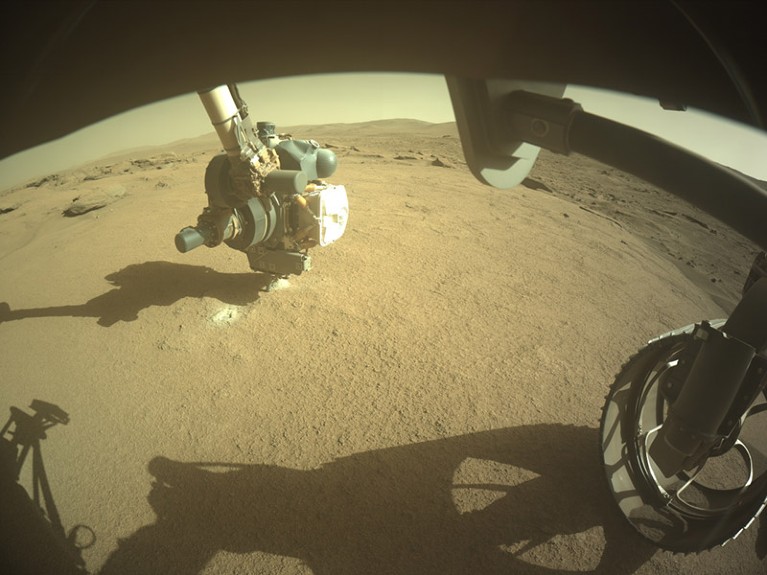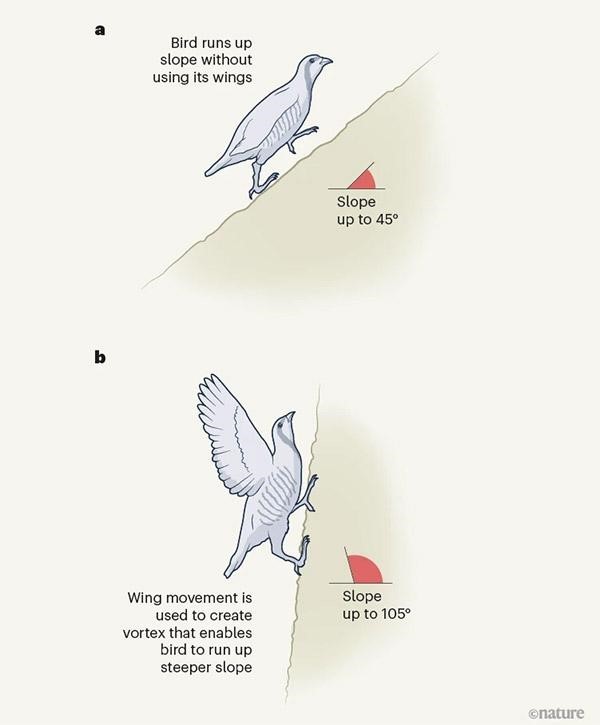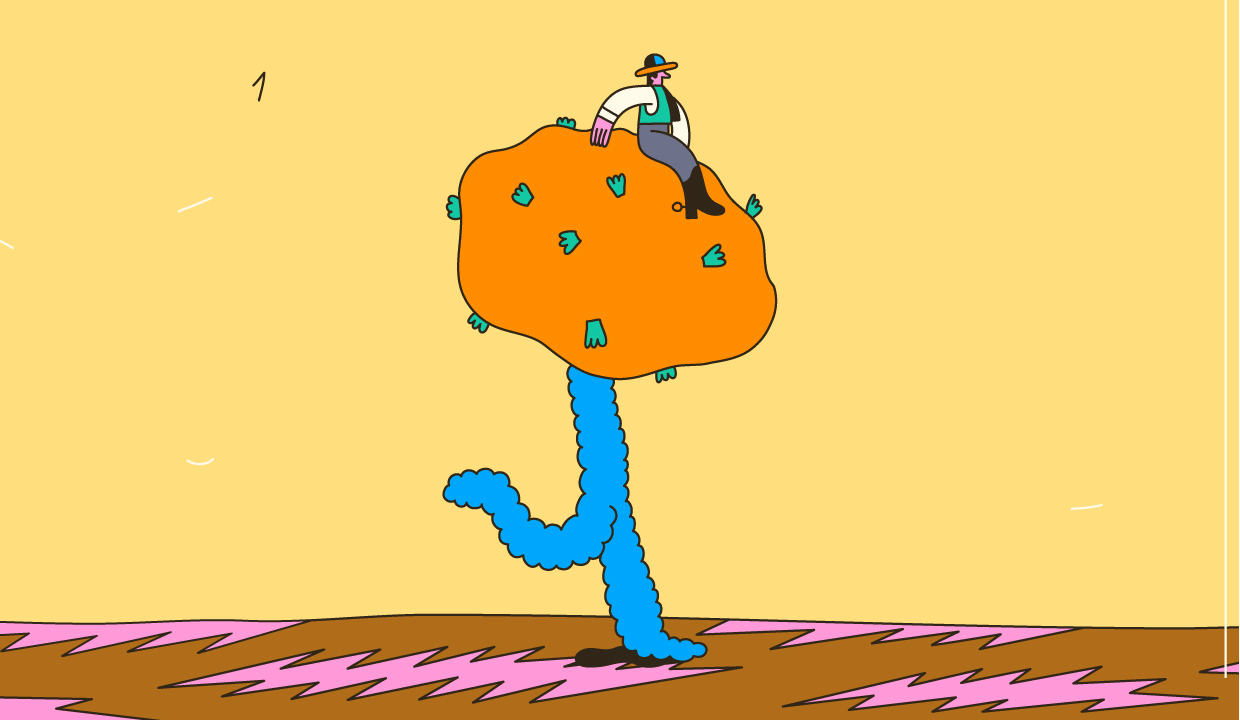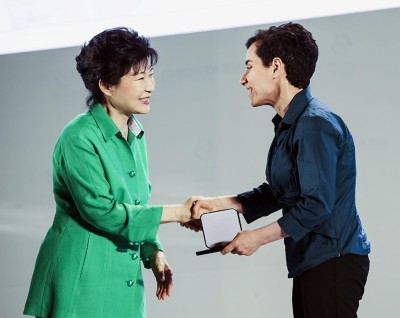[ad_1]
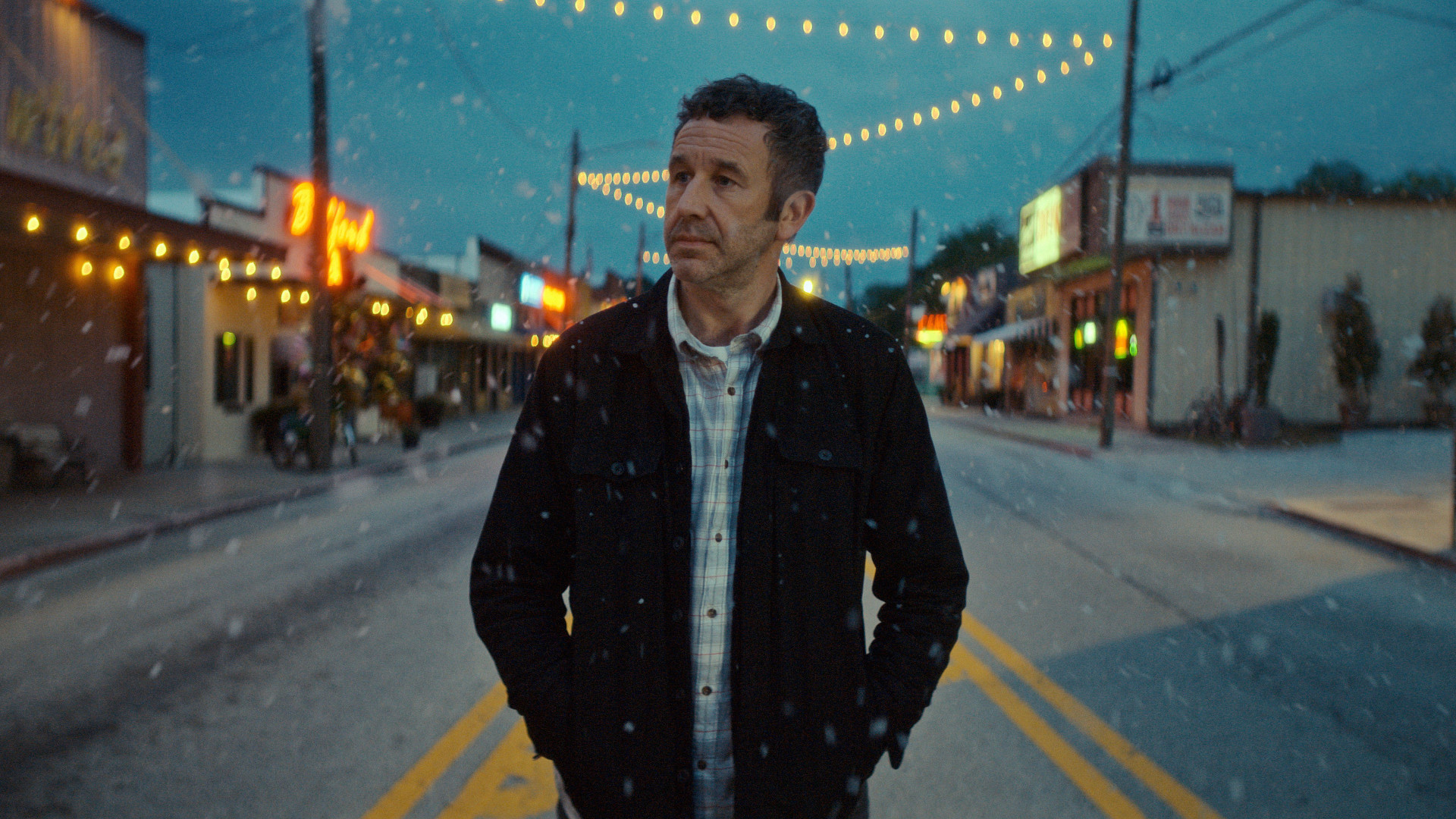
The residents of Deerfield continue their rollercoaster journeys of personal transformation following the arrival of a machine proclaiming their true “life potential” in the return of The Big Door Prize, season two.
The acclaimed dramedy reunites Chris O’Dowd with an excellent ensemble, among them Gabrielle Dennis and Josh Segarra, as the residents of the sleepy town dealing with the fallout of the Morpho machine on their lives. Read on below now, where our guide explains how to watch The Big Door Prize season 2 online from anywhere.
Watch The Big Door Prize season 2 online
Premiere date: Wednesday, April 24
New episodes: Every Wednesday at 12am midnight PT / 3am ET / 8am BST
Cast: Chris O’Dowd, Gabrielle Dennis, Patrick Kerr, Damon Gupton, Josh Segarra, Christian Adam, Sammy Fourlas, Djouliet Amara, Ally Maki, Crystal R. Fox.
Watch online: Apple TV Plus 7-day FREE trial
Thought-provoking and funny, The Big Door Prize was a hit with the critics when it debuted last year. Its freshman season found Deerfield’s citizens initiating major life changes based on the dictates of the mysterious blue machine. After decades together, Dusty (O’Dowd) and Cass (Dennis) decided to take some time apart to explore their individual potential, while Georgia (Segarra) embarked on a whirlwind romance with Nat (Mary Holland).
And viewers can expect even more profound transformations now. Not only did we see characters like Mr Johnson develop neon blue growths on their bodies, but the Morpho has begun displaying an ominous message on its screen: “Are you ready for the next stage?” It’s a turn of events that Hana (Ally Maki), who has a secret history of the machine, has never witnessed before.
Exploring concepts of free will vs. destiny and compellingly charting our characters’ fraught attempts to become their “best selves,” season 2 promises to up the emotional ante. Ready for the next stage? Then follow our guide below for how to watch The Big Door Prize season 2 online and free to new subscribers on Apple TV Plus.
How to watch The Big Door Prize season 2 FREE online from anywhere
The Big Door Prize season 2 episode guide
- Episode 1: “The Next Stage” – April 24
- Episode 2: “Visions” – April 24
- Episode 3: “Power & Energy” – April 24
- Episode 4: “Storytellers” – May 1
- Episode 5: “Night Under the Stars” – May 8
- Episode 6: “Back in the Saddle” – May 15
- Episode 7: “Rehearsals” – May 22
- Episode 8: “Our Town” – May 29
- Episode 9: “Un-Selfploration” – June 5
- Episode 10: “Deercoming” – June 12
The Big Door Prize season 2 trailer
The Big Door Prize season 2 cast
- Chris O’Dowd as Dusty
- Gabrielle Dennis as Cass
- Patrick Kerr as Mr. Johnson
- Damon Gupton as Father Reuben
- Josh Segarra as Giorgio
- Christian Adam as Trevor
- Sammy Fourlas as Jacob
- Djouliet Amara as Trina
- Aaron Roman Weiner as Beau
- Ally Maki as Hana
- Crystal R. Fox as Izzy
- Jim Meskimen as Cary Hubbard
- Deirdre O’Connell as Eloise Hubbard
- Mary Holland as Nat
- Cocoa Brown as Principal Pat
- Matt Dellapina
- Melissa Ponzio
- Justine Lupe
[ad_2]
Source Article Link





